
How many types of electric fused glass melting furnace are there in modern glass industry?
Glass electrofusion technology is currently the most advanced melting process in the world. It is a very effective way for glass production enterprises to improve glass quality, reduce energy consumption, and fundamentally eliminate environmental pollution.
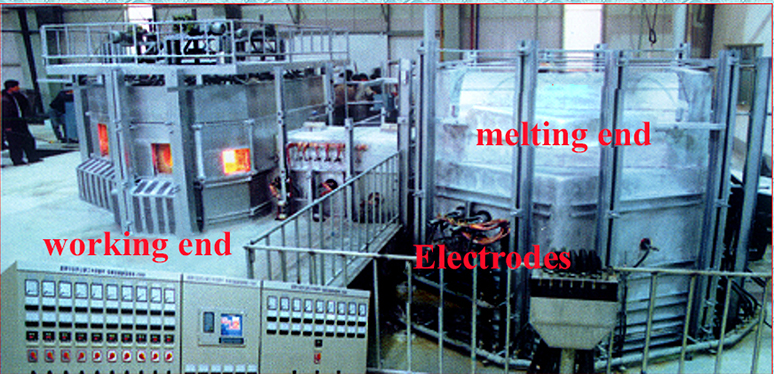
For small glass melting furnaces below 15t/d, in areas with sufficient electricity and moderate electricity prices, the comprehensive economic benefits of using the electrofusion process to produce various glass products are ideal. It is also cost-effective for the production of colored glass, opaque glass, borosilicate glass, lead glass, glass with highly volatile components or special glasses.

1. Double chamber electric melting furnace
The surface of the melting pool of the double-chamber electric melting furnace is completely covered by the added batch materials. The electrodes are plate-shaped with a size of 200mmX300mm and are set along the side walls of the melting pool. They are powered by a single phase.
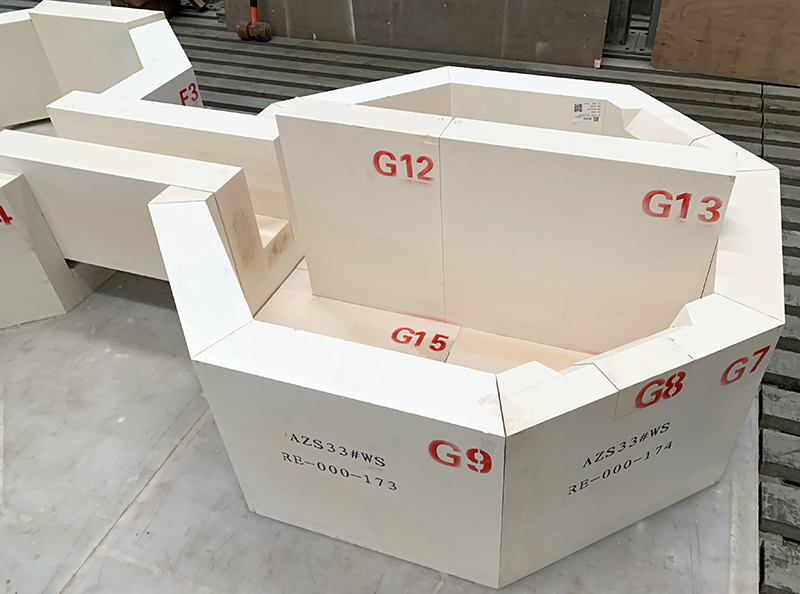
The electric field (temperature field) between the electrodes is uniform. The glass liquid reaches the working pool through the liquid hole(throat) and the ascending channel, and then enters each feed channel. The working end is also equipped with electrodes, and the electric current passing through the electrodes maintains this part of the glass liquid at a specified temperature. The voltage difference between the electrodes of the melting pool and the working pool causes electric current to flow from the melting pool to the working pool through the flow hole(throat).
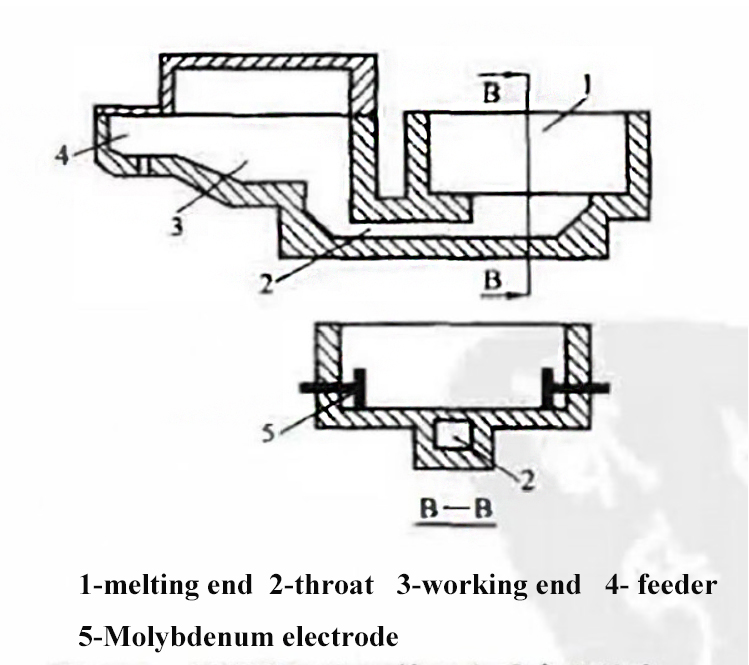
2. Lead crystal glass electric melting furnace (T-shaped kiln)
This type furnace melts vertically, and installs tin oxide electrodes horizontally on the wall of the melting pool. The glass liquid enters the feed channel through the liquid hole (throat) and the ascending channel. The liquid surface is covered by the batch material which is conveyed by the belt.
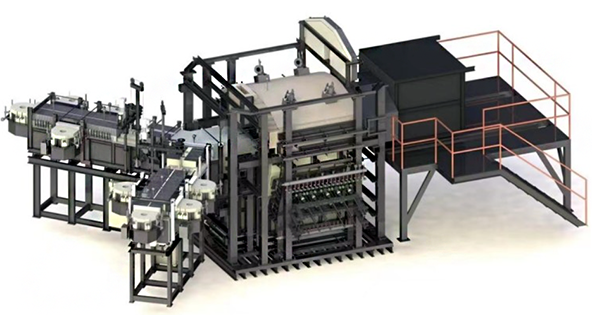
The melting pool, flow hole(throat) and vertical riser(channel) are all made of fused corundum bricks (fused high alumina) and are insulated. The melting temperature of lead glass is not high (generally 1370°C), so the corrosion damage is lighter. The top of the kiln is leveled with a hoist, and the temperature is only about 120°C during normal operation. The kiln has a wide range of production capacity (2-20t/d glass).
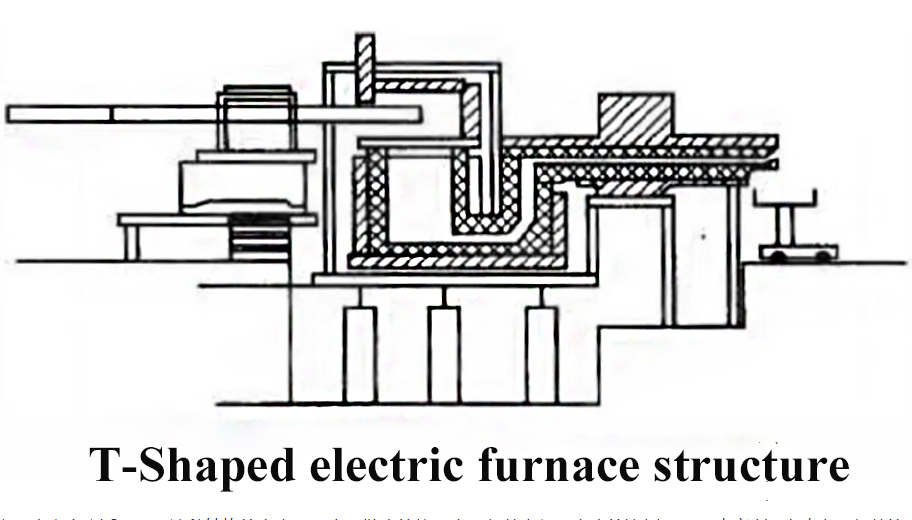
3. Hexagonal shaft type electric melting furnace
In recent years, shaft-type electric melting furnaces have been widely used in actual production. The kiln with this structure has a small surface area and loses less heat. The ratio of shaft diameter to height is 1:1, and the depth of glass liquid is slightly larger than the diameter of the shaft. In this type of kiln, horizontal electrode rods can be arranged in two or several horizontal layers on the tank wall. The electrodes on each plane are powered by independent power sources that are electrically unrelated to each other, preventing electrodes on different planes from being electrified. The batch material covers the entire liquid surface. The material is added into the kiln through the vibrating tank, and is spread over the entire surface through an automatically rotating rake. Compared with other kiln types, the thermal efficiency of the hexagonal shaft kiln is higher.
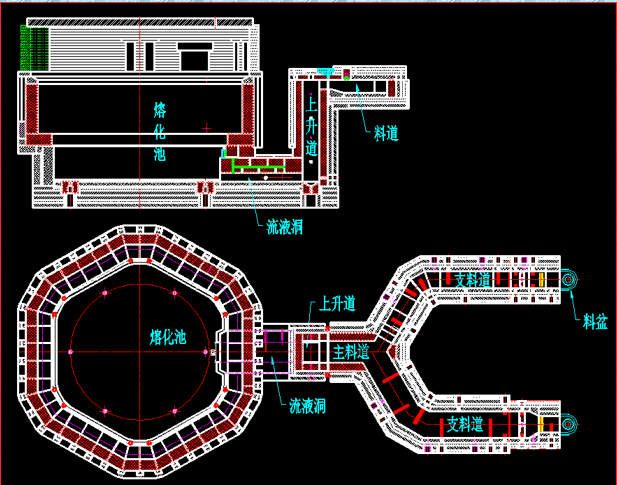
4.Electric furnace advantages:
1. No waste gas, no air pollution. Since there is no combustion gas from the flame kiln, various volatile substances are covered by the batch materials, and there is no problem of harmful smoke and dust dispersing in the air.
2. Reduce the volatilization of volatile batch ingredients.
3. Furnace overhaul is faster. The overhaul of an electric melting furnace can be successfully completed within 10 days.
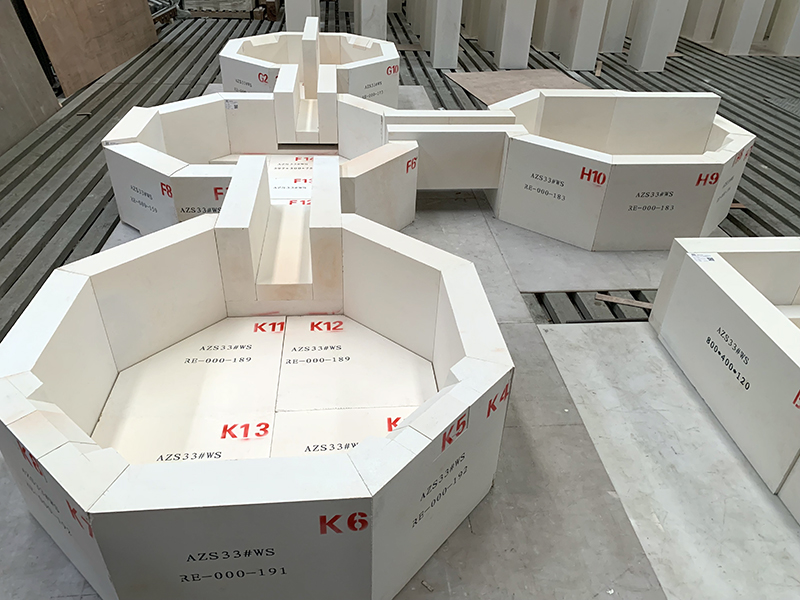
4. Full load discharge can be maintained throughout the entire kiln period. In fuel-heated furnaces, the ability to maintain heat input and glass discharge is often limited due to the deterioration of the combustion system. In electric furnaces, additional heat loss due to side walls can be quickly and easily compensated for by increasing the electrical power input by increasing the voltage.
5. Small footprint. The electric melting furnace only includes a melting tank, a liquid flow hole(throat) and an ascending channel.
6. Heat loss is reduced and energy consumption is greatly reduced. The all-electric melting furnace relies on the conductivity of the molten glass itself to achieve its melting. It is internally heated.
7. The glass quality is excellent. Since the melting is carried out inside the glass liquid, the temperature difference along the depth of the melting pool is very small; there is little volatilization and the glass composition is stable; vertical melting reduces the stratification of high lead glass. All these ensure that the glass liquid has good uniformity and stability.
8. Low construction investment and simple auxiliary equipment.
9. All-electric melting furnaces are easy to adjust and control, have a wide operating range, and have a more stable thermal system than pool kilns.
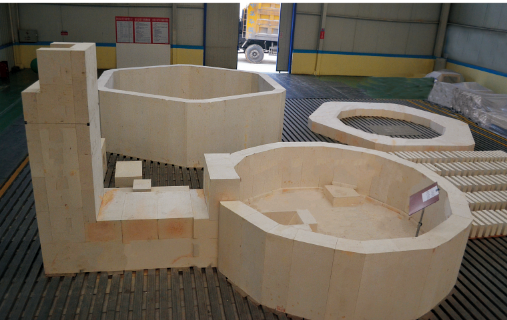
5. Electric furnace disadvantages:
1. Electricity costs are still high in many areas, so the use of all-electric furnaces results in higher electricity costs.
2. The life of refractory materials is not long. The life of refractory materials used in electric furnaces is not as long as that used in flame kilns.
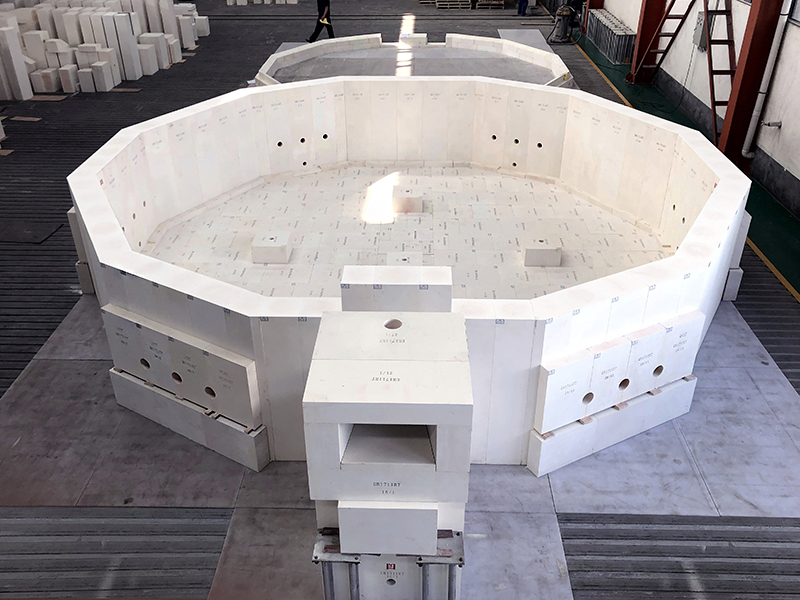
In summary. When environmental protection requirements are strict, electricity prices are low, glass melting is difficult, glass quality requirements are high, and production regulations are short, all-electric melting furnaces may be considered.
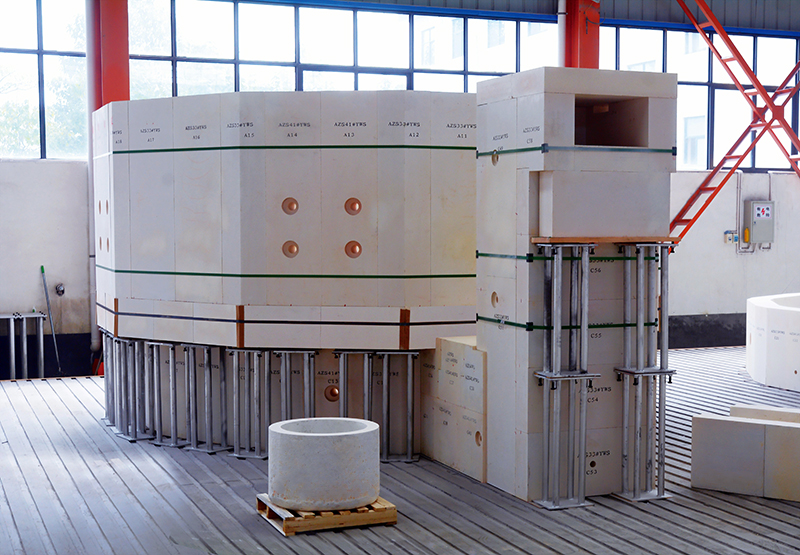
Where can you buy the high-quality refractory bricks?
Zhengzhou SNR Refractory Co., Ltd (SNR) are dedicated to glass furnace design, refractory bricks research, development, manufacturing, furnace construction, innovation and upgrading for 30 years.
Whatsapp:0086-182 0397 6036,
Email:davis@snrefractory.com.